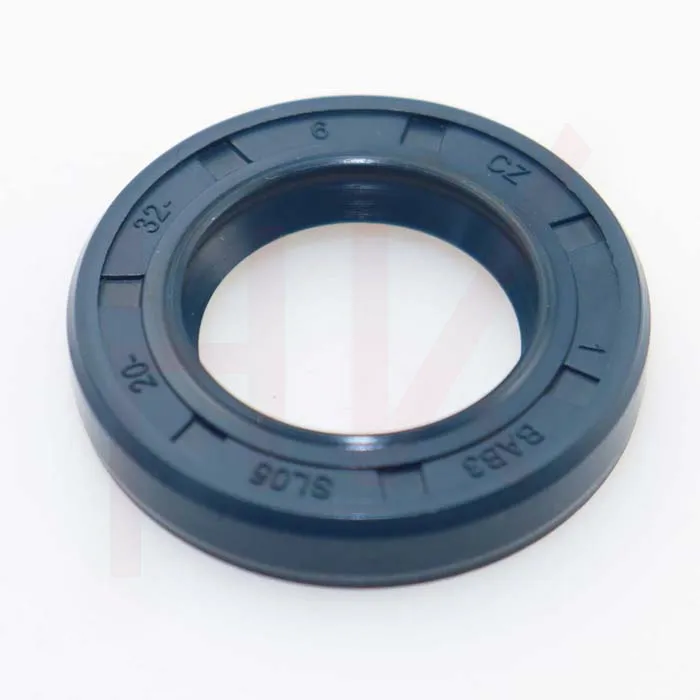7 月 . 28, 2024 12:41 Back to list
Step-by-Step Guide to Replacing Seals in Hydraulic Cylinders for Optimal Performance
Hydraulic Cylinder Seal Replacement A Comprehensive Guide
Hydraulic cylinders play a vital role in various industrial and automotive applications, providing the necessary force to move heavy loads, lift equipment, and facilitate essential machinery functions. However, over time, the seals within these cylinders can wear out due to friction, heat, and pressure fluctuations, leading to leaks and reduced efficiency. Replacing hydraulic cylinder seals is crucial for maintaining optimal performance and preventing costly downtime. This article will guide you through the seal replacement process, ensuring that you can undertake this task confidently and effectively.
Understanding Hydraulic Cylinder Seals
Hydraulic cylinder seals are components designed to prevent fluid leaks while ensuring smooth movement. They come in various types, including rod seals, piston seals, and wipers, each serving a specific purpose. Rod seals prevent hydraulic fluid from leaking past the rod, while piston seals ensure that the fluid pressure is maintained within the cylinder. Wipers prevent dirt and contaminants from entering the cylinder, prolonging the life of the seals and the cylinder itself.
Signs of Seal Failure
Recognizing the signs of seal failure is essential for timely replacement. Common indications include
1. Fluid Leaks One of the most evident signs is the presence of hydraulic fluid leaking from the cylinder. This not only leads to fluid loss but can also create safety hazards. 2. Decreased Performance If the hydraulic system is slower or less powerful, it might indicate seal damage affecting fluid pressure.
3. Excessive Heat Overheating of the hydraulic fluid can indicate that the seals are not functioning correctly, leading to increased friction.
4. Visible Damage Cracks, abrasions, or wear on the seals themselves are direct indicators of the need for replacement.
The Replacement Process
hydraulic cylinder seal replacement

Replacing hydraulic cylinder seals involves several meticulous steps
. Here’s a straightforward guide1. Preparation Before starting, gather all necessary tools, including a wrench, seal puller, and replacement seals. Ensure you have appropriate safety gear, such as goggles and gloves.
2. Disassemble the Cylinder Start by relieving the pressure in the hydraulic system. Disconnect the cylinder from the hydraulic lines and remove any mounting brackets. Carefully disassemble the cylinder, taking care not to damage any internal components.
3. Remove Old Seals With the cylinder disassembled, use a seal puller to remove the old seals from the rod and piston. Inspect the cylinder for any damage that may require repair.
4. Clean the Components Thoroughly clean the cylinder bore and rod to remove any debris and old seal remnants. This step is crucial for ensuring a proper seal fit.
5. Install New Seals Lubricate the new seals with hydraulic fluid and carefully install them in their respective grooves. Ensure they sit evenly to prevent future leaks.
6. Reassemble the Cylinder Once the new seals are in place, reassemble the cylinder in the reverse order of disassembly. Make sure all connections are secure but do not overtighten.
7. Test the System After reinstallation, reconnect the hydraulic lines and gradually restore pressure to the system. Monitor for any leaks and ensure the cylinder operates smoothly.
Conclusion
Replacing hydraulic cylinder seals is a vital maintenance task that can significantly enhance the efficiency and longevity of your hydraulic systems. By recognizing the signs of seal failure and following the appropriate replacement steps, you can ensure optimal performance and reduce the likelihood of unexpected breakdowns. Regular inspections and timely replacements will not only save costs in the long run but also contribute to a safer and more reliable hydraulic operation. Whether you are a seasoned technician or a DIY enthusiast, mastering the art of hydraulic cylinder seal replacement will give you the confidence to tackle this essential maintenance task.
-
The Power of Advanced Sealing: High-Pressure Solutions for Modern Machinery
NewsOct.29,2024
-
Optimizing Machinery with High-Performance Oil Seals
NewsOct.29,2024
-
Maximizing Machinery Efficiency with Advanced Oil Seals
NewsOct.29,2024
-
Ensuring Equipment Longevity with Quality Oil Seals
NewsOct.29,2024
-
Enhance Equipment Performance with Quality Oil Seals
NewsOct.29,2024
-
Custom Oil Seals for Specialized Machinery Needs
NewsOct.29,2024
-
The Role of Wiper Seals in Dust Sealing and Oil Protection
NewsOct.20,2024
Products categories
















